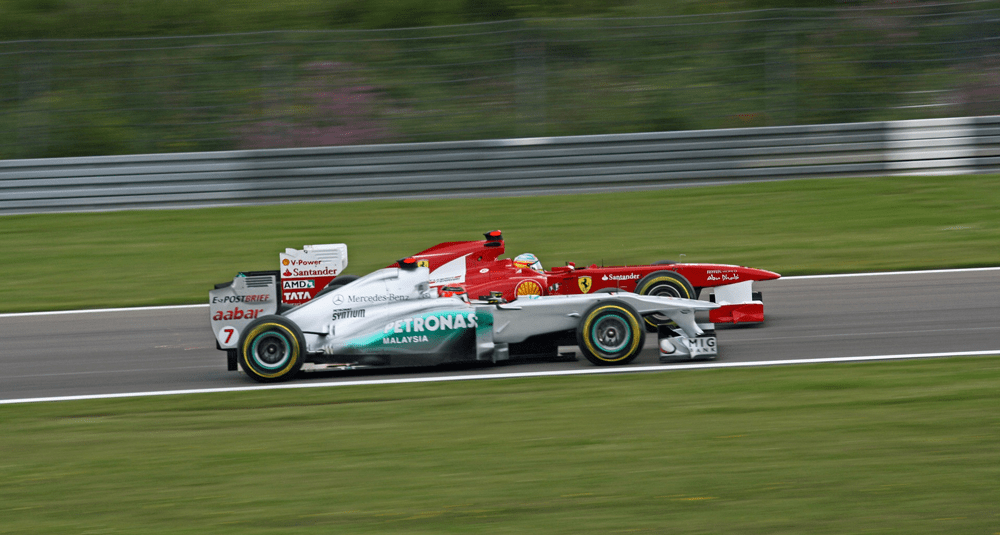In Formula 1 what does the red flag mean?
Last Updated:
In Formula 1, the red flag is one of the most important and feared signals, both for drivers and teams and for spectators. It signifies the immediate interruption of a race, practice session, or qualifying session due to a major hazard on the track or compromised safety conditions. This flag, a symbol of emergency, is an essential tool in the management of modern motor racing, where safety is the top priority.
The red flag can be waved for several reasons, all related to situations where continuing the race would pose an unacceptable risk. Some of the most common causes include serious accidents, extreme weather conditions (heavy rain, fog, storms), debris on the track, or structural problems with the circuit, such as damage to a safety barrier or a malfunction in the timing system.
When a red flag is deployed, all cars must immediately slow down, stop overtaking, and return to the pits or stop in the area indicated by race control. The aim is to ensure the safety of all participants, including track marshals, emergency services, and spectators.
The protocol is very strict: as soon as the red flag appears, drivers are warned by flashing red lights around the circuit and by a message on their digital steering wheel. They must reduce their speed.
The protocol is very strict: as soon as the red flag appears, drivers are warned by flashing red lights around the circuit and by a message on their digital steering wheel. They must reduce their speed in a controlled manner and not overtake other competitors. If the race is suspended, an official clock may also be stopped, depending on the regulations in force.
Historically, the use of the red flag in Formula 1 dates back to the early decades of the world championship. At a time when safety was much less regulated than it is today, it was mainly used to signal major accidents or total interruptions. However, its use has been refined over time, thanks to clear protocols defined by the International Automobile Federation (FIA).
When a red flag interrupts a race, several scenarios are possible:
- If the incident is minor and can be resolved quickly, the race is temporarily suspended. The cars wait in the pit lane until race control deems conditions safe to resume.
- If the interruption lasts too long or conditions do not allow for a restart, the race may be stopped permanently. The final classification is then determined based on the last positions validated before the red flag was deployed.
In some cases, a new restart may be organized, with cars returning to the grid in the order they were in when the race was interrupted. This type of situation, often spectacular, has marked several recent Grand Prix races, such as the 2022 British Grand Prix and the 2023 Australian Grand Prix, where red flags interrupted the race.
The red flag also embodies the modern philosophy of Formula 1: safety first. After the tragedies of the past, including the fatal accidents of drivers such as Ayrton Senna in 1994 and Jules Bianchi in 2014, the FIA has strengthened its safety protocols. The rapid deployment of the red flag prevents a serious incident from turning into a catastrophe.
Although it interrupts the spectacle, this signal is unanimously recognized as an indispensable part of the discipline. It serves as a reminder that Formula 1, despite its intensity and high stakes, remains above all a sport where the protection of human life takes precedence over everything else.
In Formula 1, the red flag signals the immediate stoppage of a race or session due to a major hazard or impracticable conditions. It is a powerful symbol of safety management in an extreme sport, ensuring that every driver, marshal, and spectator can enjoy the spectacle while minimizing risks.
sports

In Formula 1 what does the red flag mean?
Answer
In Formula 1, the red flag signals the immediate stoppage of a race or session due to a serious hazard on the track or extreme conditions.